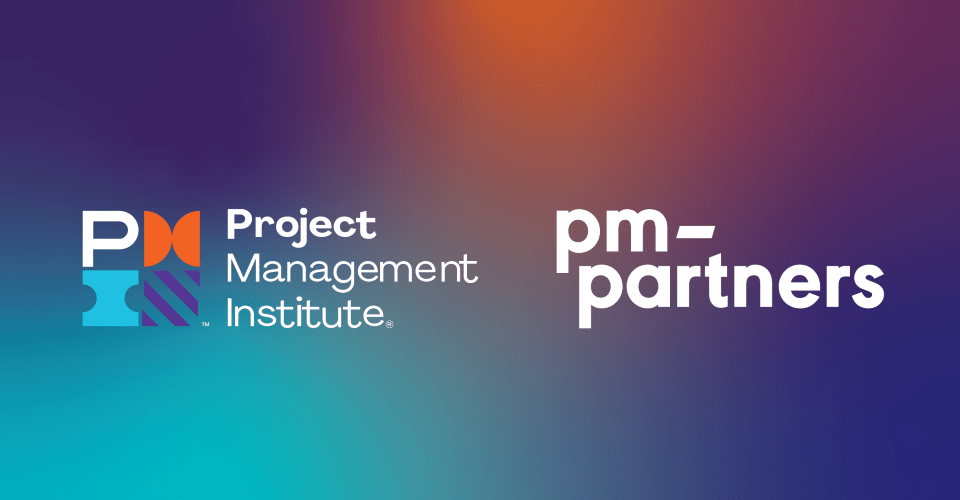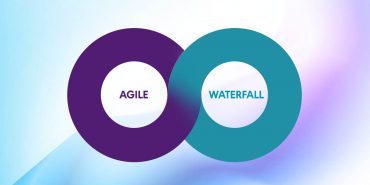What is Kanban? A guide to streamlining your projects and adapting to change

Looking to optimise your workflow and keep projects on track, no matter the pace or complexity of your industry? Kanban offers a flexible, visual approach that helps teams in diverse settings improve efficiency and deliver results faster. Discover how Kanban can transform your work management and help your team adapt to change with ease.
In an era where efficiency and adaptability are key, teams across industries are on the lookout for methods that help them manage work more effectively and drive meaningful change. Tools like Monday.com are popular for organising tasks and keeping projects on track. But for those looking to refine and enhance the flow of work even further, Kanban offers a highly effective, visual method for managing and improving work systems.
Kanban is a simple yet powerful framework designed to help teams visualise workflow, limit distractions, and continuously improve, enhancing results and client satisfaction. With roots in manufacturing, Kanban has evolved to support a wide variety of work environments, from government and financial services to software, engineering, and more. This article explores the fundamentals of Kanban, including its core principles, benefits, and the reasons why Kanban training and coaching can make a big difference.
The Kanban method – An overview
Kanban was first developed by Toyota in the 1940s as a system to manage production and inventory. At its core, Kanban is about visualising work, limiting work in progress, and managing flow to ensure tasks are completed smoothly and effectively. Adapted over the years, it is now widely used in knowledge work to manage tasks, improve visibility and collaboration, and drive efficiency.
Kanban is a flexible framework, making it a popular choice across industries such as software development, financial services, and healthcare. Unlike prescriptive methodologies, Kanban offers a set of principles that can be adapted to a variety of processes and environments.
The Kanban board – The core visual tool
Perhaps the most recognisable feature of Kanban is the Kanban board. The board serves as a visual tool that allows teams to track tasks at every stage of the process. A basic Kanban board includes columns representing different stages of work, typically labelled ‘To Do’, ‘In Progress’, and ‘Done’. Tasks, represented as cards, move through these columns as they progress.
This visual approach helps teams see where work is piling up or where delays might be occurring. By managing tasks visually, teams can easily prioritise, make quick adjustments, and ensure they’re always working on the right tasks.
The key principles of Kanban
Kanban is built on a few simple but powerful principles that guide teams in optimising their work processes:
- Visualise work
By visualising tasks on a Kanban board, teams gain a clear picture of what’s happening, which tasks need attention, and where priorities lie. This transparency helps everyone involved stay informed and focused. - Limit work in progress (WIP)
WIP limits are a cornerstone of Kanban. By capping the number of tasks a team can work on at once, WIP limits prevent overload and allow team members to focus on completing tasks rather than juggling multiple activities. This is especially helpful in fast-paced sectors like finance and engineering, where maintaining focus can lead to higher-quality outcomes. - Manage flow
Flow is the movement of tasks from start to finish. Managing flow means keeping tasks moving smoothly through each stage. Teams work together to identify and resolve bottlenecks, ensuring tasks aren’t stuck for too long. This approach helps reduce wait times, enhances productivity, and ensures more predictable delivery. - Make process policies explicit
Clear, defined rules around how work should progress help align team members and stakeholders. By making these policies explicit, everyone understands expectations and can work more effectively. - Improve collaboratively
Kanban encourages continuous improvement through regular team discussions and reviews. Teams come together to reflect on what’s working, identify areas for improvement, and implement changes. This principle of collaboration is applicable across industries and keeps teams agile and adaptable.
The benefits of using Kanban for projects and change
Kanban offers numerous benefits that make it a valuable tool for managing projects and driving change:
- Increased transparency: With all tasks visible on the board, everyone can see what’s happening and where potential issues might arise. This transparency fosters a sense of accountability and helps teams work more effectively together.
- Improved collaboration: Kanban encourages team members to share knowledge, tackle challenges, and support each other. This collaborative approach is essential in industries dealing with complex tasks, such as engineering and healthcare.
- Quick adaptation to change: Kanban’s flexible nature allows teams to respond to shifting priorities without disrupting progress. This adaptability is especially valuable in sectors like retail and software, where quick pivots can be crucial.
- Reduced bottlenecks: By managing flow and limiting WIP, Kanban helps reduce bottlenecks, ensuring tasks move forward smoothly. This means faster delivery and more predictable timelines.
- Continuous delivery: Kanban enables teams to deliver value incrementally, making it possible to release changes and improvements frequently. This is beneficial in dynamic industries such as automotive and financial services, where incremental improvements can offer a competitive advantage.
Kanban’s adaptability makes it ideal for a wide range of environments, from retail to insurance. In any sector where tracking, responding to shifting priorities, and maintaining an agile mindset are essential, Kanban can help teams streamline their work and maximise impact.
Why Kanban training and coaching matter
While Kanban is simple in concept, implementing it effectively often requires guidance. Tailored Kanban training equips teams with practical knowledge, helping them understand core principles, implement best practices, and overcome common obstacles. PM-Partners’ highly interactive Kanban in Practice course, for instance, is designed to equip teams with the principles and disciplined practices needed to make Kanban work for their unique processes. This one-day course focuses on how Kanban can enhance customer experience while reducing costs, streamlining processes, and minimising bottlenecks. By providing transparency and improving lead times, teams learn to deliver value on time and within budget.
In addition to training, Kanban coaching is also beneficial. Kanban coaches work closely with teams to address specific workflow challenges, embed Kanban practices and ensure everyone is aligned on goals and procedures. For organisations looking to transition smoothly, our training and coaching can accelerate learning, foster collaboration, and maximise the benefits of the methodology.
Kanban is a powerful yet straightforward approach to managing work, driving change, and increasing team efficiency. By focusing on visualising work, limiting work in progress, and continuously improving, Kanban empowers teams to deliver value more effectively, making it a versatile tool across industries.
Kanban vs Scrum
While both Kanban and Scrum fall under the agile umbrella, they have distinct differences in structure and application:
| Aspect | Kanban | Scrum |
|---|---|---|
| Work structure | Continuous, no set timeframe | Time-boxed sprints, usually 1-4 weeks |
| Board | Visualises all tasks, no preset roles or stages | Uses defined stages and roles |
| WIP limits | Strict limits on tasks in progress | No explicit WIP limits |
| Roles | Flexible, no mandated roles | Defined roles (Scrum Master, Product Owner) |
| Goal setting | Focus on continuous flow and improvement | Emphasis on iterative progress and goals |
Summary: Kanban is flexible and flow-focused, suited for continuous work processes. Scrum, on the other hand, is more structured, with sprints and specific roles, making it ideal for project-based work. Both methods are valuable, and the choice depends on the nature of your work and team preferences.
If you’re interested in learning more about how Kanban could benefit your team, contact our experts today. We can design a capability program tailored to your needs to help you harness Kanban’s full potential.








